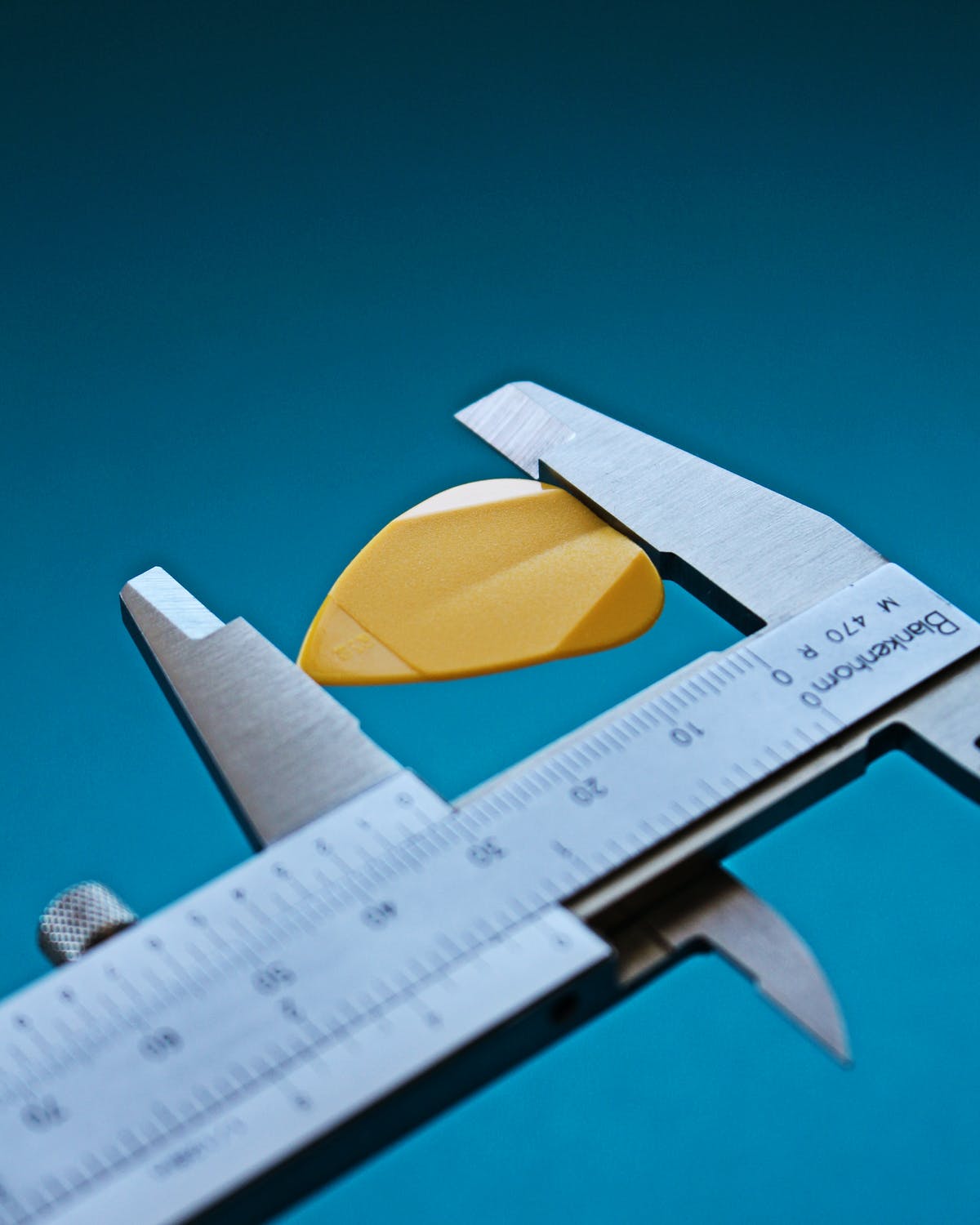
Tolerances, a defined range of measurements, allow the manufacture to determine exactly how much room for error when manufacturing each part. This is often the minimum or maximum range of measurements to a part. This is a vital role in the manufacturing process. Tolerances allow you to design higher quality products and make fewer costly manufacturing mistakes.
The most successful manufacturing endeavors always begin with a well thought out and complete design. Having manufacturing files in 2D and 3D format with complete dimensions, materials, and finish is the proper and safe way to have a product successfully manufactured. The benefits of having complete and tested design drawings with tolerances cannot be understated.
Advantages of having complete technical design drawings with tolerances:
Reduces Manufacturing Errors
Without technical drawings, all a manufacturer has to work with will most likely be a sample, a picture, a description, or some odd combination of each. This can be risky. Without detailed drawings and tolerances, a factory will default to whatever is easiest for them on the measurement of a part such as the dimensions. They may use wider tolerances than what you find acceptable. Make sure to have detailed and complete manufacturing files of your product design to avoid any manufacturing ambiguity and assumptions.
Tolerances Save Time
Detailed drawings with tolerances eliminate room for interpretation and the need for questions. If you do not specify what you want clearly you may end up with parts that can not be used. As China is in a different time zone simple questions can end up costing days’ worth of time, and as we know, time is money. Complete drawings with tolerances streamline communication and make communicating complex details much easier.
Product engineers use the design drawings to explicitly communicate to manufacturer’s how the product should be built, they use engineer notation which can prevent the back and forth about technical questions about the product specification. If the part you are making does not need to be within 0.001mm but only 0.01mm then the manufacturers save time in not needing to make a part with such a high tolerance. An experienced product engineer will provide drawing that are complete and communicate the product specifications clearly for manufacturing.
Manufacturing is more cost effective
With incomplete or missing standards and tolerances for a factory to follow, there is no guarantees they will be able to know exactly what you expect for the part. By defining your tolerances, a product is only as precise as it needs to be giving the desired result with a precise amount of materials needed for using the manufacturing tools and labor required.
Improves Fitting
Tolerances assume a certain amount of error and improve the fitting together or parts in the end product. Tolerances is important if you wish for a part to sit flush against another part so that there is no gap between them. Setting the tolerances on the dimensions for both parts will make this possible and improve the look of the end product. In the same way you will want certain tolerances for parts that may move or function together. Defining the tolerances for these parts from the beginning will save you time and money.
Looking for an Experienced Product engineer? Our Team Can Help.
If you need help with getting your files engineered or getting a prototype made, our U.S. based engineering team would be happy to assist you.
